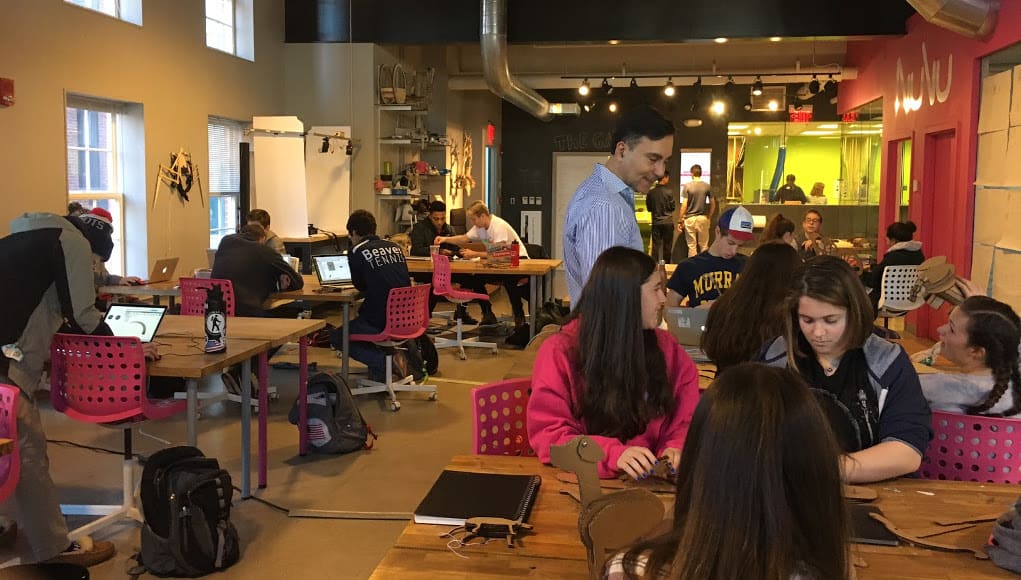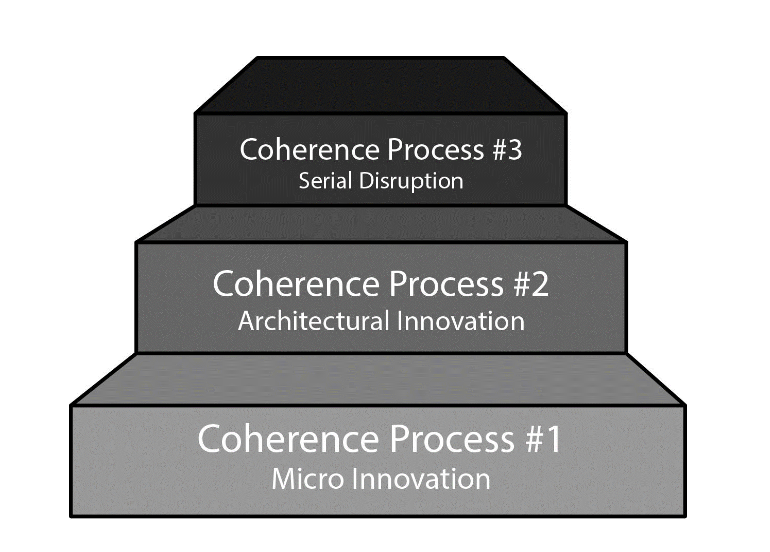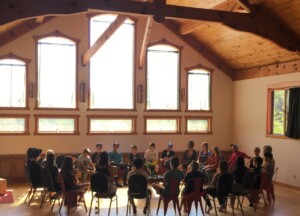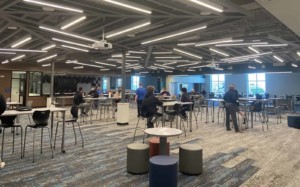Microschools: From Micro Innovation to Serial Disruption
Key Points
-
The education ecosystem is experiencing creative tension because of the incongruence with current economic patterns and model articulation in education.
-
Communities, families, and students are the core components of making learning meaningful.

Microschools are not a new phenomenon that emerged during COVID-19. Their prevalence rose during the pandemic due to their agility and ability to prioritize relevancy and agency in every learning experience. Microschools provide an alternative option where pedagogy is grounded in problem-centric exploration, project-based activities, and co-creation of experiences. Despite the continuation of static operational and instructional systems, several states have adopted policies to pioneer small learning environments as the preferred model of the future.
Traditional functions of the industrial model in education are optimized by tightly-coupled structures. Microschools are non-linear. loosely-coupled structures where classrooms are multi-age and multi-dimensional. Classrooms in this model are focused on developing the voice of students where learning is facilitated through a co-authorship facilitation. Agility in the context of an adaptive curriculum elicits a consensus design where communities, families, and students are the core components of making learning meaningful. Below, I have applied the Creative Staircase model to take a look at the conceptual frames of microschools.

Coherence Process #1 (Micro Innovation): To achieve a serial disruptive model within a comprehensive design such as the Jeffersonian Model, there must be a combination of incremental changes that are intentional by design. These micro innovations are the initial shifts for macro-level transformations. In the context of new design or redesign within a traditional learning organization, start with curriculum modifications to root experimentation, agency, and authentic experiences through problem-based activities. An example of Coherence Process #1 of the Creative Staircase can be found at The Met School in Providence, Rhode Island. A variety of micro-innovations are noted at this Microschool. Work place learning coupled with internships and advisory are a part of this conglomerate embedded in the elements of the Microschool design.
Coherence Process #2 (Architectural Innovation): Because of the systems change through the influences of multiple micro innovations, traditional classroom structures will need to be eliminated to cohere with the flexibility of microschools. With regard to architectural innovations in alignment to the microschool design, environments are studio-based with pathways that are customized for students. The flexibility of microschools elicits lab features and innovation hubs for hands-on discovery. Microschools are innovative learning models where environmental space is flipped for agency, exploration, and personalization.
A best in class, specifically in alignment with architectural disruption, is NuVu Studio in Cambridge, Massachusetts. Underpinning Coherence Process #2 in the Creative Staircase (i.e., architectural innovation), NuVu’s structure is antithetical to the Jeffersonian model design because legacy classrooms, linear pedagogy that is content-driven, age cohorts, and letter-based grading systems are absent within the design. Multi-disciplinary projects, open structures, and experiential learning activities in conjunction with competency-based portfolios are rooted structures to elicit teaching that facilitates authentic learning experiences.
Coherence Process #3 (Serial Disruption): For serial disruption purposes in alignment to Delta 2030, microschool elements feature entrepreneurial pathways, adaptive schedules for hybrid opportunities beyond the confines of traditional school, certificate programs based on economic demands, blended experiences with artificial intelligence tools, and pedagogy that is guided by the engineer-design process. Serial disruption is integrated and multi-dimensional which is level-set in microschools.
One Stone, a non-profit organization that leverages design thinking into their Microschool model, features a studio-based program where learning experiences are personalized by industry experts. To deepen the serial disruptive frame, makerspace labs, electorics labs, and a progressive after-school program with coding experiences are normalized in the academic day. Teachers and students act as co-constructors of the learning experience which is measured through a growth framework and transcript of each student to be future and workforce ready.
It is known in various research studies that Generation Z and Generation Alpha demands are fundamentally different from any other in the history of humankind. Technology and artificial intelligence are contributing factors, but societal trends have reimagined the urgency for transformation. The ecosystem is experiencing creative tension because of the incongruence with current economic patterns and model articulation in education. Microschools provide innovation and creativity to develop new competencies for 2030 and beyond. Individualized pathways, multi-disciplinary projects, blended programs with flexibility, and studio-driven learning environments can be deemed as the future of schools.
Michael Conner, Ed.D., is the CEO/Founder of Agile Evolutionary Group, Corp., Senior Fellow for Getting Smart, and former Superintendent of Schools. He is the creator of the Disruptive Excellence Framework and author of Intentional, Bold, and Unapologetic: A Guide in Transforming Schools in the AC-Stage of Education.






0 Comments
Leave a Comment
Your email address will not be published. All fields are required.